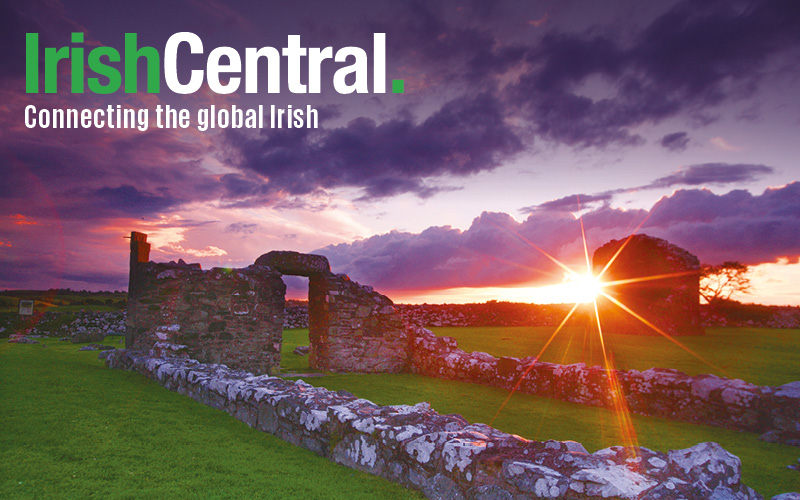The teeth of babies who died in the Irish famine in the 1840s, or in London shortly afterward, could provide vital information for the prevention of medical problems among children today and in the future.
Babies’ remains discovered at burial sites on Lukin Street in London and in County Kilkenny, Ireland in April have allowed archaeologists to examine and investigate the deaths of children who did not survive infancy and were born to malnourished women.
The remains show that the dead babies’ bodies contained high levels of nitrogen, much higher than levels found in the bones of those who survived infancy. In these cases, levels of nitrogen fluctuated wildly, but comparatively stable levels were found for those who survived into later childhood and even as far as adolescence.
High levels of nitrogen were previously believed to be a general sign of good nourishment, but research now indicates that they are an indicator that starving mothers were literally using up their own bodies in an attempt to produce milk for their children.
Julia Beaumont, of the Bradford University department of archaeological sciences, told the Guardian, “Babies born to and breastfed by malnourished mothers do not receive all the nutrients they need, and this is possibly why these babies didn’t survive.”
Beaumont, a dentist before retraining as an archaeologist, believes that study of the teeth of these remains allows for comparison with the naturally-shed milk teeth of living children. As severe malnutrition in infancy can have lifelong health implications, the analysis may foresee problems such as heart disease that could evolve in later life.
Beaumont’s research, published in the American Journal of Physical Anthropology, has previously uncovered patterns between milk teeth collected from Anglo-Saxon and Bronze Age burials and the milk teeth of children recently born in Bradford, England, and in Sudan.
Beaumont became involved in the analysis when she met Jonny Geber, a bones specialist, after work began on the London site. Geber was working on the Kilkenny site, and they discovered they were both working on Irish skeletons from the same famine period.
During the 19th century, Lukin Street was a slum area of Whitechapel in east London. The cemetery in Lukin Street was used from 1843-54 and excavated by the Museum of London ten years ago. Many Irish immigrated to this area during and following the famine, and many of the coffin nameplates excavated from the cemetery show Irish names. The cemetery was also attached to a mission church with an Irish-speaking priest.
This leads Beaumont to believe that there is a possibility that many of the people buried in this cemetery may have been further victims of the famine.
The burial site in Kilkenny was previously the site of a workhouse, discovered when the old site was being redeveloped into shops and an apartment complex at the height of the “Celtic Tiger.”
Upon discovery of the graveyard during the development, records were also unearthed that showed the burial ground opened when the nearest cemetery could no longer hold the steady stream of bodies coming from the workhouse. Despite finding supposed shelter and food within the workhouses during the famine, thousands of Irish people still died within their walls, most likely of fever.
The site in Kilkenny is the largest mass grave found from this period, holding the remains of more than 800 people. The remains have since been relocated to a memorial garden.
“It is a desperately sad story,” Beaumont said, “but how wonderful if these deaths could lead to intervention and hope for children today. I’ve been appealing to people to send me baby teeth – in Bradford they call me the tooth fairy.”
*Originally published in 2015.




Comments